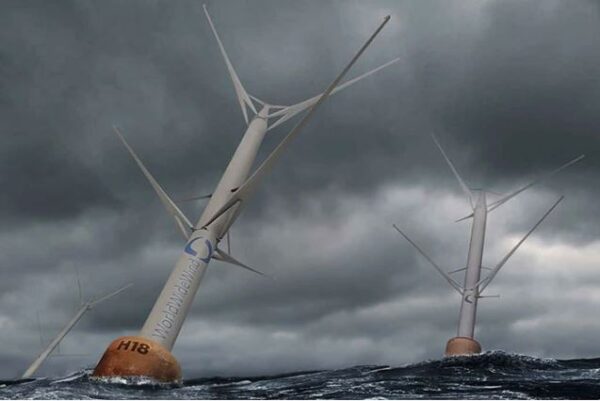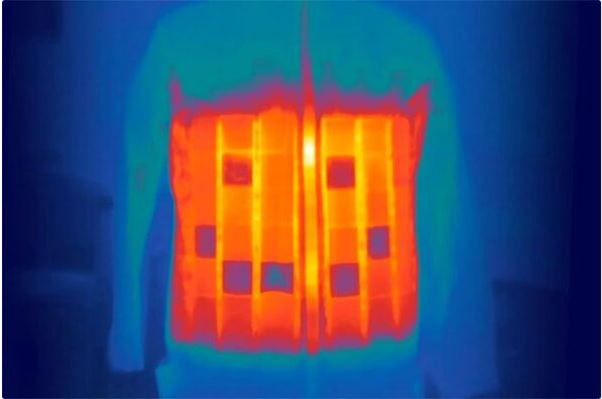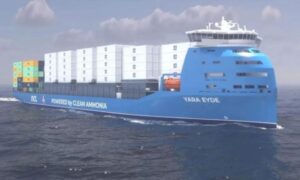The Norwegian company is about to test a new type of offshore wind turbine, which floats on the sea surface and is mounted on a vertical shaft that rotates in opposite directions.
According to the manufacturer, with this technology, it is possible to create wind turbines with high capacity at low cost and minimize negative impacts on the surrounding environment.
The world is facing many severe impacts from climate change. Many countries, including Vietnam, are in the process of energy transition, reducing greenhouse gas emissions towards the goal of net zero emissions.
Wind turbines floating on the sea surface, rotating in opposite directions, are about to be tested. (Photo: Futura Science).
In this context, the transition to renewable energy is one of the top priorities for countries with more and more new technologies being developed.
Recently, the Norwegian company World Wide Wind (WWW) has just announced the start of testing the first prototype of a counter-rotating floating wind turbine, with a capacity of up to 40 megawatts, double the largest wind turbine today.
Unlike conventional wind turbines that use blades that rotate around a horizontal axis, WWW is vertical axis (VAWT).
Its design is quite unusual, using two turbines, each with three blades rotating in opposite directions. The upper turbine is connected to the rotor, while the lower turbine is connected to the rotor. This new technology doubles the power compared to current wind turbines at the same rotation speed.
Trade in 2030
The turbine blades are placed at a 45-degree angle to the vertical axis, which reduces blade tip speed, while also allowing the turbines to be installed closer together.
They will also reduce environmental impact, especially on local fauna. The generator is located underwater, like a counterweight system that prevents the turbine from lying or overturning under the influence of the wind.
This simple design will reduce production costs and the company hopes to achieve its levelized cost (LCOE), the lifetime cost of a power plant, divided by the amount of electricity expected to be generated over its lifetime. , is 50 USD/MWh (1MWh=1,000KWh).
This first prototype is 19 meters high and production is limited to 30 kilowatts. However, this is the first comprehensive test.
WWW plans to test a second, larger prototype capable of generating 1.5 megawatts in 2025 and hopes to bring a 24-megawatt model to market by 2030.











